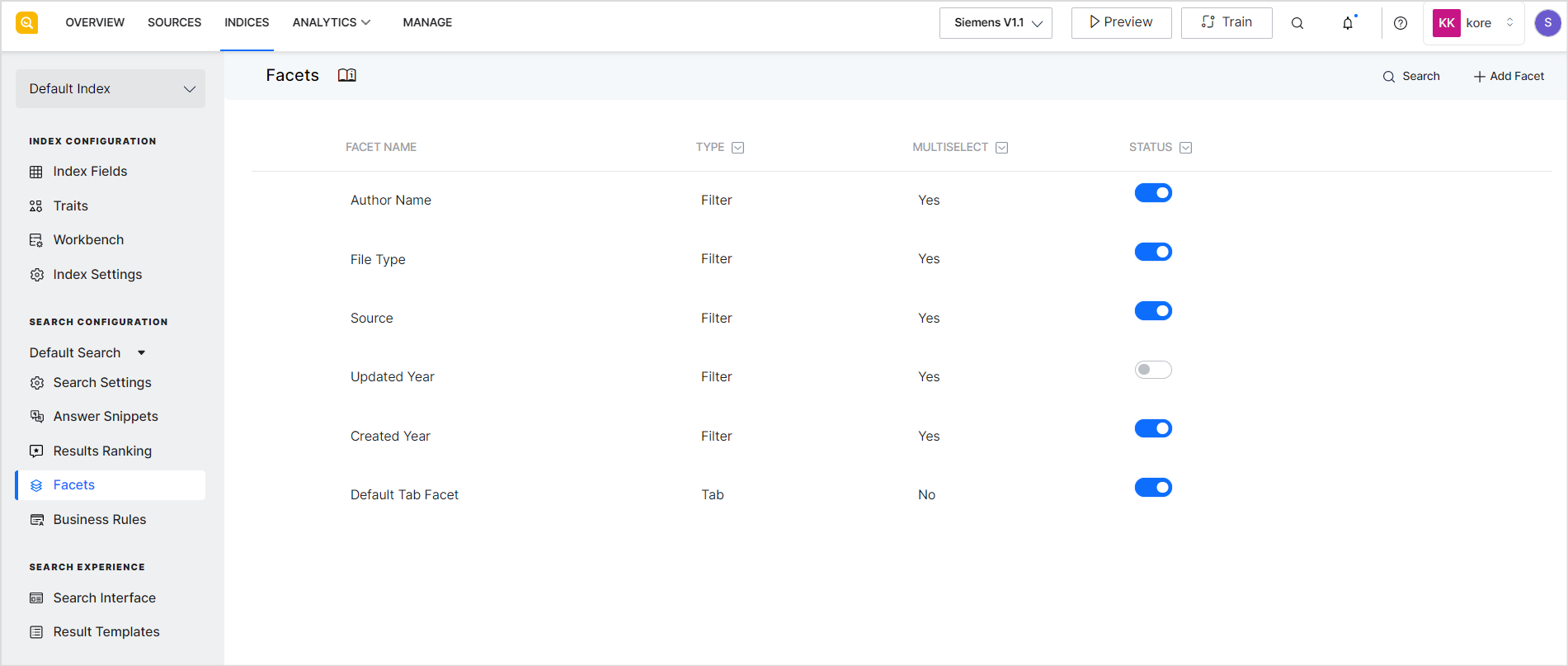SearchAssist provides various configurations that you can use to personalize results and rank them as per your business priorities, user requirements, or search contexts.
Personalization allows you to show different results to different users for the same query depending on their user profiles or search context.
SearchAssist personalization uses the NLP approach in identifying the user’s context, detecting facets, intent, localization needs, and objective behind the query. The machine learning (ML) capabilities of SearchAssist can adapt to the priorities and preferences of the end-user prompt with ready queries and position results.
You can use the following features to personalize results :
The personalization features are available in the Search Configuration under the Indices tab.
